|
I had a great opportunity to have an interview in my hometown paper. Growing up in a small town in rural Connecticut, I always jump at the chance to do something that connects to my roots. Maybe one of my high school teachers will see it. Check it out to learn a little more about me.
0 Comments
Whenever I see WB I automatically think Warner Brothers and various classic cartoon characters pop in my head. But, this isn't about cartoons. I guess.
WB is short for Water Based. Specifically water based screen printing inks. So what's that matter? The current industry standard for most garment printing is plastisol ink. It's PVC (plastic) based ink. I used it for years while I was more into the commercial side of screen printing. Plastisol is pretty nasty stuff. You need fairly heavy chemicals for clean up, smells rough while curing (more on curing later) can leave a really heavy deposit of ink on the garment (think like old band t's) and often cracks over time. So why is plastisol the industry standard? Well, in some ways it's easier- and easier often means cheaper for the bottom line. It essentially doesn't go bad, prints on a variety of fabrics, and most appealing - has basically an unlimited work time - meaning the amount of time it can be on the screen before drying. I worked at a shop briefly that would often leave gobs of plastisol on screen over night. Rough. So WB inks, what's the big deal and why does that matter to me at all? WB inks are scary to a lot of printers - because they have a limited work time before they start drying on screen and potentially ruin an entire screen, you really need to know what you're doing. WB inks are 100% my preference. Before the 80's nearly every garment was printed with WB inks (plastisol was introduced in the late 70s but didn't really become the standard till late 80's) so those super soft vintage T's we all love...that's that water based ink magic. Plastisol ink sits on top of the fabric and binds to it. WB ink dyes it. It cleans up with water so I don't have to mess with chemicals that aren't good for anyone, especially the environment - and allows me to experiment with how various colors interact when printed over each other. Example, printing blue over a yellow gives me a shade of green. Overtime plastisol can crack. WB ink doesn't. With the amount of layers I print on my pieces, it's normal for the garments to feel a bit stiff at first- but like a quality pair of denim - the print will wear and soften as it's washed and worn. My pieces are made to last a lifetime. I always recommend hand washing and light drying/air to preserve the fit of the garment. So curing. That's like for drying meat or something right. Kind of. In the world of screen printing - the ink must reach a temp of 320 degrees to fully dry and "cure" to the garment. Curing WB ink is essentially forcing all the moisture out of the ink so only the pigment is left on the fabric. A large heating panel and or conveyer belt dryer is used for this. When plastisol ink cures, it mechanically binds and hardens on top of the fabric. I double cure all my pieces - just in case - for maximum longevity. I think that's the basics. Feel free to hit me up anytime with any questions. I also cover more recommended care in the "info" section. Using a combination of water based screen printing inks, pigments, markers, and other various means of application - each garment is undeniably unique in both look and energy.
Here's a few details. Officially launched the create or suffer web page. Process over product. Check it out, pick up a few stickers.
www.create or suffer.com stay in touch @zachmerrillprints 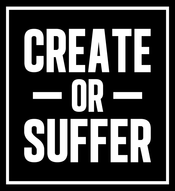 Coming into the final stages of completing the create or suffer website. After that, will be getting our online shop together. Our stickers, as well as patches and prints will be available through our store. check it our so far: createorsuffer.com Recently did a cool small scale lino cut and enjoyed how the process went. I used a combination of both the standard inking method for lino cuts as well as screen printing to get the final print. Check it out. First the lino was inked as normal using a roller. In this case the design to be cut was done freehand direct onto the linoleum. A trick I've been enjoying lately is spritzing a small bit of water onto the ink before printing. Gives it a cool watercolor effect, no print looks the same using this process so it has it's plus's/minus's. After printing I dug it but it wasn't quite complete enough for me. Here's the part I enjoyed. Using acetate I drew in details I thought would look cool directly over the print. Since the acetate is already clear (essentially a film) I used that to create a silkscreen with my artwork on it. All of the small black details on the final print were part of my doodling that eventually became a part of each print. Excited about the finals. Each one looks unique, but each has the screen printed black details to anchor them. Mix of speedball and jacquard ink on 100 weight french paper. All artwork/images property of zach merrill. (c) zachmerrillprints 2014
instagram.com/zachmerrillprints I've been wanting to share my studio spot with people for some time. Not in the sense of "hey come in and use my space too." I couldn't handle that. But in the sense of allowing people a behind the scenes look of my work space. I'm no secretive guy and enjoy that some people appreciate the ability to take a look at your work spot. To me, your studio is just as much your art as a print or a photo may be. A reflection of your art. There is certainly nothing special or mind blowing here. And I dig that. Often the similarities between individual/art/studio are undeniable.
A little background. The building is this super old all brick mini mill looking space. Many, many years ago apparently the majority of it was a fruit market. The landlord pulled this sick giant metal scale out of it early on. Its located in Danielson, CT. Which if you are familiar with the local area know that its pretty hood. Which I've come to enjoy. It's real. raw. There's a bar next to the building and sometimes people sleep it off under a tree near the parking lot to our space. It's sweet. My Wife does black/white photography as well as some alternative process prints. We are fortunate to live in the same building as the studio. Across the hall, which rules. The building sat vacant for quite some time and during that time became the local homeless hot spot. Which I don't mind at all. The studio space at one point was a very small apartment unit. When we came in to check it out, it was the property managers storage room. Years of collecting had packed it up pretty tight. As it sits now, its certainly unfinished, and maintains its old building vibe. That's something we wanted to keep in tact. Real. Raw. Ideal for creating. Check back for some photo's. Considering a quick little video tour. instagram.com/zachmerrillprints (c) zach merrill prints 2014 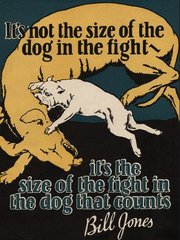 I'm really terrible at updating things. Blogging just isn't my strongest game for sure, Did a small art show at Uprise Festival in PA a few weeks ago. Went well. What I've really found as the best outlet to capture and share my scattered happenings is Instagram. Check me out on that jank, and if you're feeling it follow me up! http://instagram.com/zachmerrillprints I'll still continue to post things here, when I guess they are enough of a big deal. Some new pieces will be added to the work page soon. -Zach 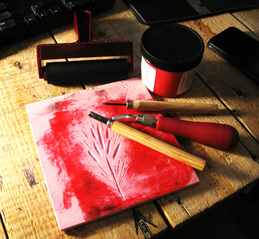 I've been learning the importance of sharing your work, and more importantly the process. Just put up some new projects on the work page. I've really been enjoying the freedom lino cut has given me as a print process. Essentially lino is a carving medium. Think the feel of an eraser, and various carving tools are used to etch whatever you desire into it. This becomes your print plate, in the screen printing process this is basically your screen that your designs/artwork are created from. Ink your lino plate, slap your paper on top and apply pressure to transfer your image. Some people use a fancy press that acts as a giant rolling pin. I use an old postcard and rub in circles. Check out what can happen. (c) zach merrill prints 2014 http://instagram.com/zachmerrillprints 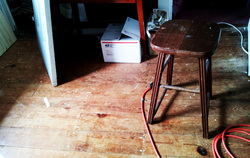 I have a habit of wanting to organize and control things, just so I know whats going to happen next and prepare myself for it. It has always been my desire to create. But I never really have, a simple logo turns into an entire potential business plan for me and I often get lost in my own head thinking about the great possibilities. More thinking, less creating. Zach Merrill Prints is me not thinking. It's me not coming up with an organized, marketable process for everything. It is finally, me. Creating. Having done only a single process and form of printing for years, this is me digging in and exploring all aspects of various print making forms. Screen printing, lino cuts, wood block, stamping... It is my desire to share everything I do. In hopes of inspiring others to think outside the process. To not worry about messing up, to recognize the expression of yourself through creativity for what it is. A small portion of freedom in a world that has to much control. (c) zach merrill prints 2014 http://instagram.com/zachmerrillprints |
AuthorArchives
September 2021
Categories |


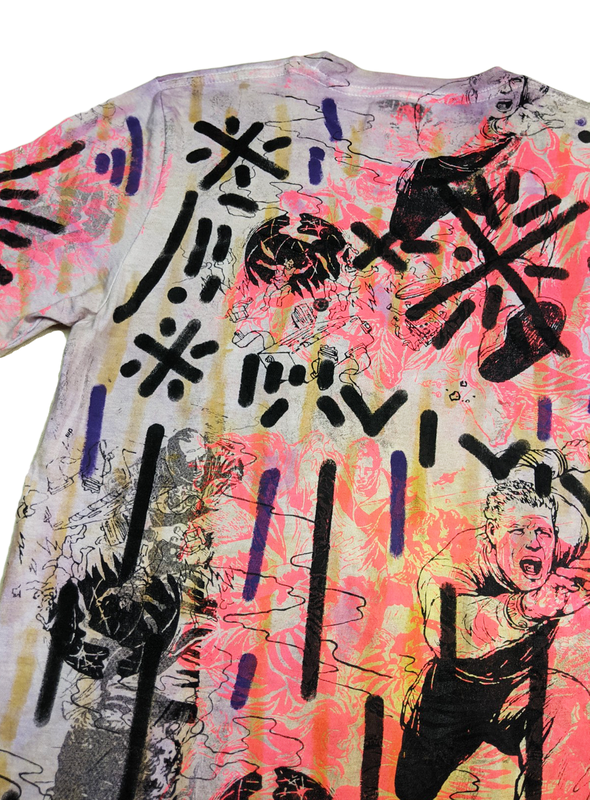
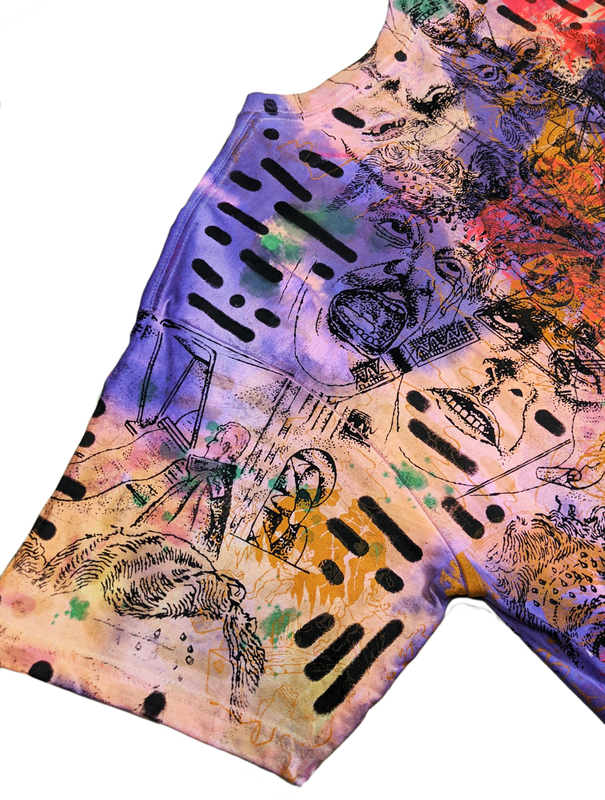
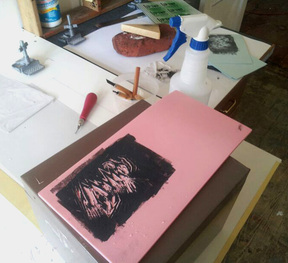
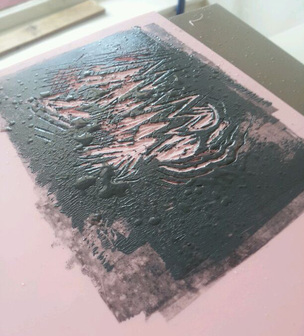
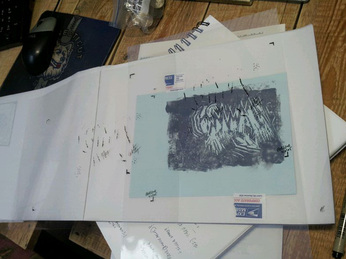
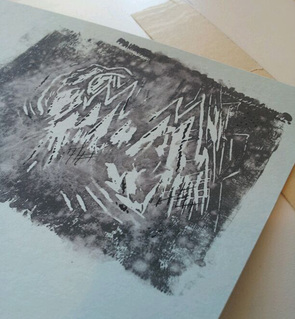

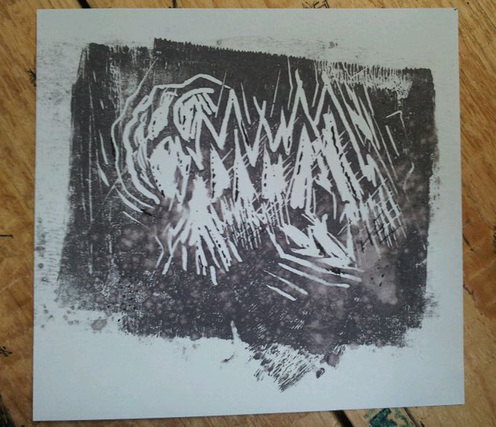
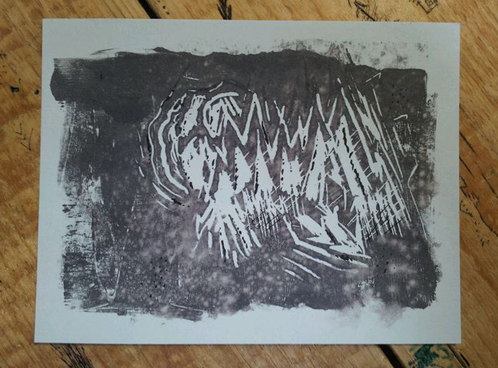

 RSS Feed
RSS Feed
